My son’s teacher called me one afternoon screaming into the phone, “Ms. McCollum, your son is running around the room throwing chairs.”
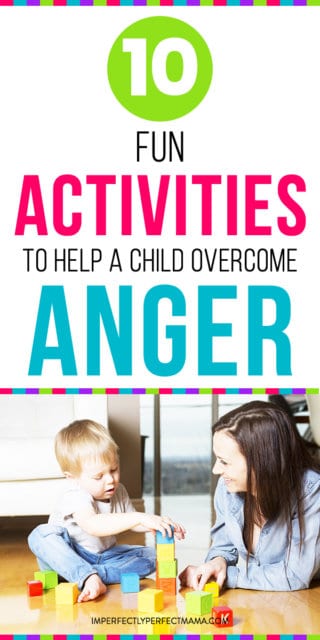
I couldn’t believe what she saying because my son was such a sweet, shy kid and I couldn’t imagine him acting that way.
When I asked her why he was so upset, she told me it was because she moved his behavior pin from green.
Something seemingly so small had triggered a massive temper tantrum during class.
After picking my son up from school, I had a long talk with him about his reaction.
But not even a few days later, he reacted similarly at home when his sister got the larger donut than him.
I soon realized that my sweet, shy boy had some issues when it came to dealing with his anger.
I took some initiative and scheduled an appointment just to rule out any medical issues and there weren’t any.
So after doing some research and spending some time chatting with other moms who also had little ones that had such strong outbursts when they were upset, I found some great ways to help him overcome his anger.
I am no expert whatsoever; just a mom who has been there, done that!
Change Your Attitude First
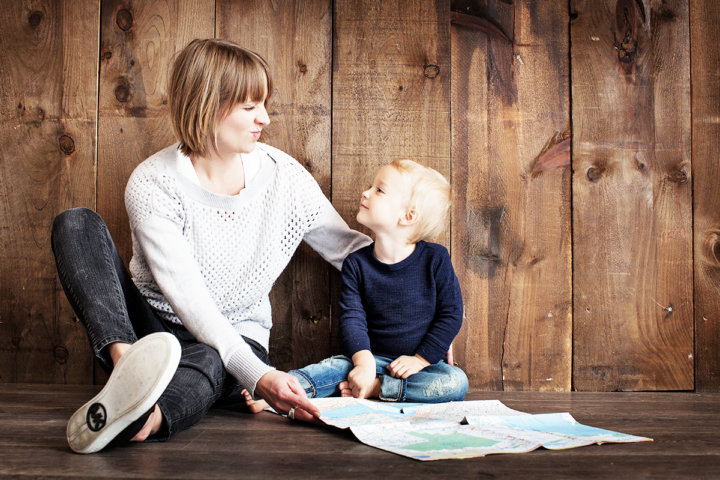
According to the Child Development Institute, anger is a temporary emotional state caused by frustration and when it comes to dealing with a child who is angry, our actions should be motivated by needing to protect and not to punish.
It should be our job to show a child that they accept his or her feelings while showing them other ways to express the feelings. If we change the way we react to their anger, so will they.
I know how easy it is to get upset and it may even be hard to not be upset, but reacting a calm manner will show your child how to respond as well.
React Positively When Your Child Does Good
When your child does something good, let them know. Now, when my son comes home and he stayed on green all day, I get excited and hug him tight.
I let him know how proud I am for doing so well at school.
Find various opportunities, no matter how small, to acknowledge their good behavior. “Thanks for being quiet while I was on the phone!,” “You did a good job putting on your coat!.” No deed is too small.
Explain the Situation Clearly
We often think children won’t understand us but they do!
Take the time to explain to your child why a certain behavior isn’t acceptable and be clear. You will be surprised how they respond and listen to you.
Most children want to feel like big kids and you having a big kid conversation with them is pretty cool!
Get Your Child Talking
It is important for children who deal with these big emotions to learn how to share what they are feeling verbally. The reactions we get is because they may not know other ways to express their feelings.
Getting them to talk about how they feel will help them to understand what they are feeling and how to express it without being aggressive or causing disruptions.
Once you have established these basics and can approach your child’s angry outbursts with care and less punishment, you can start to create ways to help them overcome their anger and deal with their feelings in a calm manner.
Here are 10 fun activities you can implement to help your child overcome anger.
1. Finger Painting
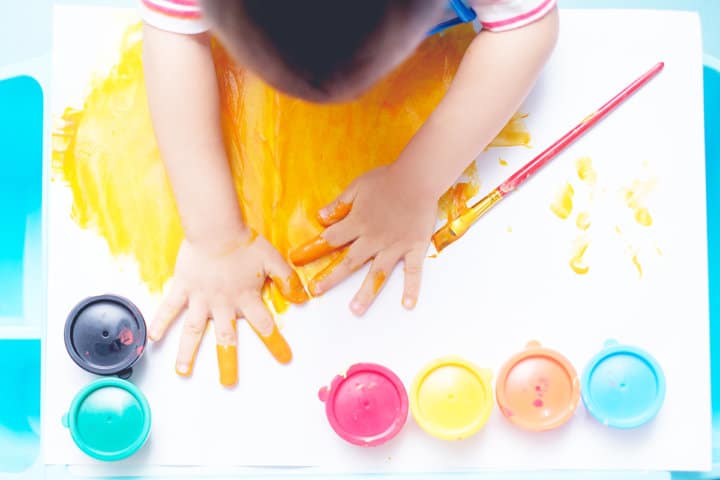
What kid doesn’t love making a mess with paint?
When your child gets upset, invite them to paint with you. Use that time to talk about their feelings but also have fun activity time with you.
2. Jump on a Trampoline
I recently purchased a small trampoline to put in our playroom specifically for this reason. Jumping on a trampoline is a great way for your child to calm down.
Instead of sending them to a timeout, try having them jump for a few minutes until they are ready to talk about their feelings.
3. Write a Letter
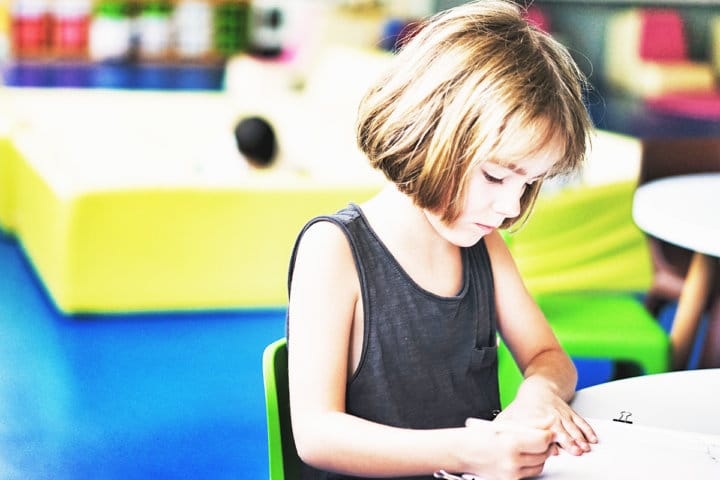
After the recent issues with my son at school, I told my son to write a letter to his teacher when he gets upset. You can also have your child do this at home.
I have him put his letters in a tissue box that we decorated together and at the end of the day, we read them.
The letters have decreased in number over time because he was soon able to see that the things that used to upset him weren’t really that big of a deal!
This is a great tool and can still be a fun thing for them to do. I gave him a special notebook that included stickers to write his letters in and he really enjoyed sharing his feelings that way.
4. Put Together a Puzzle
Puzzles can be so much fun. Since this is another quiet activity that you and your child can do together, it is a great way to calm them while getting them to share more about how they feel.
5. Blow Bubbles
My son loves to blow bubbles, most children do.
I keep a pack of bubbles on hand to give to my son when he gets upset.
I will pull out a bottle and tell him, “How about you go blow some bubbles until you are ready to calm down and talk about how you feel.” Before you know it, his sister is out there blowing bubbles with him and he’s forgotten why he was upset in the first place.
6. Building Blocks
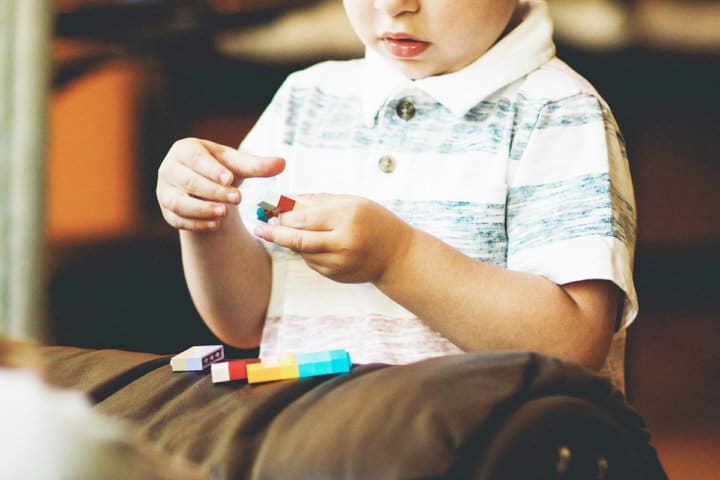
My son loves building blocks. I have a few bins of small and large building blocks that I will sometimes pull out for him when he is upset.
Building blocks work great for small and young aged children but can also work for older children too.
7. Draw or Color
My son loves to draw funny pictures of me or to spend time coloring.
Purchase your child a drawing notebook or a few coloring books to have on hand for another great calming activity.
8. Jumping Rope or Hula Hoop
There is something about these two activities that are just naturally calming. You can also join in with your child for even more fun.
I know when I do either of these, I tend to mess up a few times and my son ends up hysterically laughing at me.
9. Sand or Water Bead Play
You can take a tub or bin and fill it with sand or water beads for small children to play and it really helps them to calm down.
Add in some sand toys or bath toys for extra fun.
10. Fidget Spinners
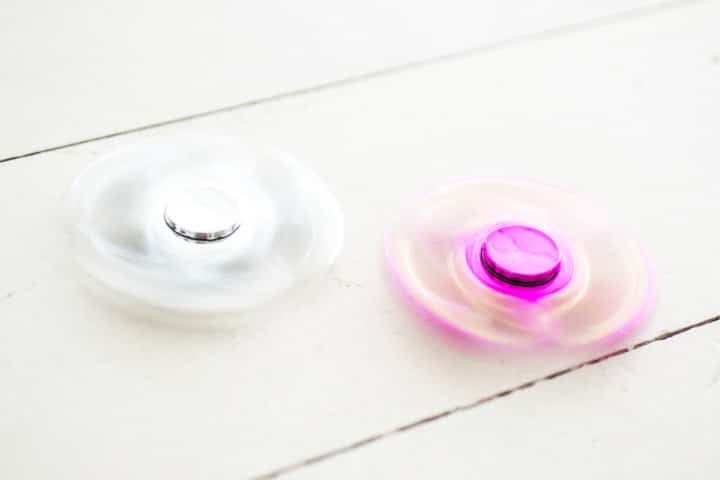
While the craze for fidget spinners has decreased, they still work great for children to use for calming methods.
There are various versions of fidget spinners or fidget boxes that you can find that your child will like. My son has a mini one that he keeps in his pocket for school.
Keep in mind that there are some safety concerns with fidget spinners, but just keep an eye on it and get rid of them if any parts appear cracked or broken.
Create a Private Space
I have created a calm down corner just for my son that includes a bin with many of these things so he can choose whichever activity he’d like to choose when he is upset.
He has coloring books, drawing paper, building blocks, and painting materials.
I also have outdoor things like a jump rope and hula hoops in a bin by the back door so he can choose one of those if he decides to go outside.
You can choose and decorate the calm down corner or area together.
Having their own private space will be comforting and something just for them.
If they have siblings, don’t allow them to play with their goodies! Let them have this space just for them.
Most children will eventually learn how to deal with their anger over time, but as parents, it is our job to help them.
Spend time talking with your child and getting them to understand their feelings and how to face them head-on.
Don’t punish them for being upset, but find ways to help them channel those feelings.
Once they learn how to overcome those anger feelings better, outburst will decrease and you will begin to see more smiles and fewer meltdowns in no time!



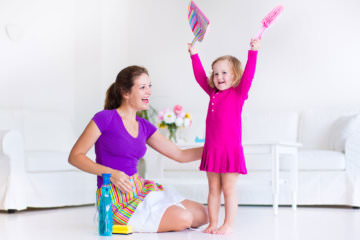
Leave a Reply